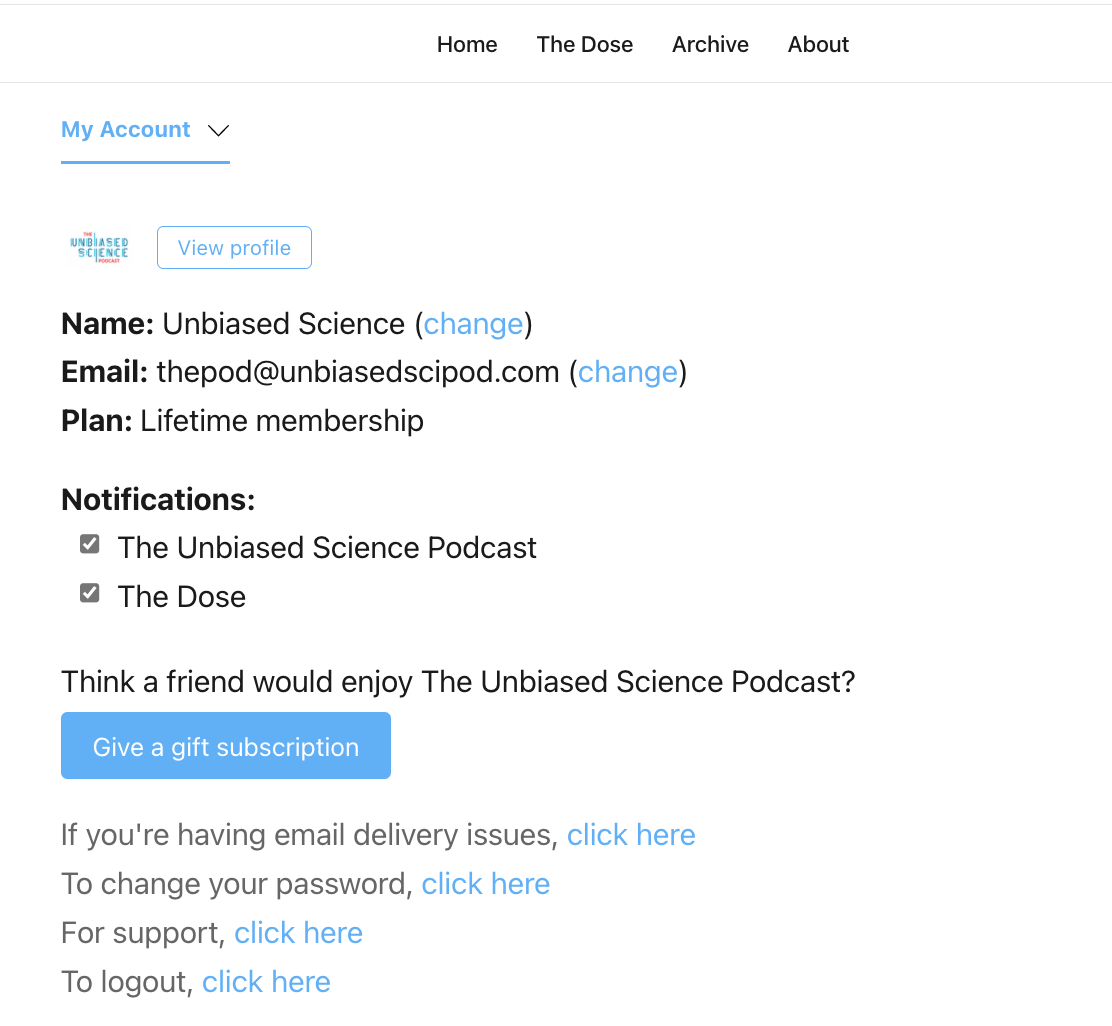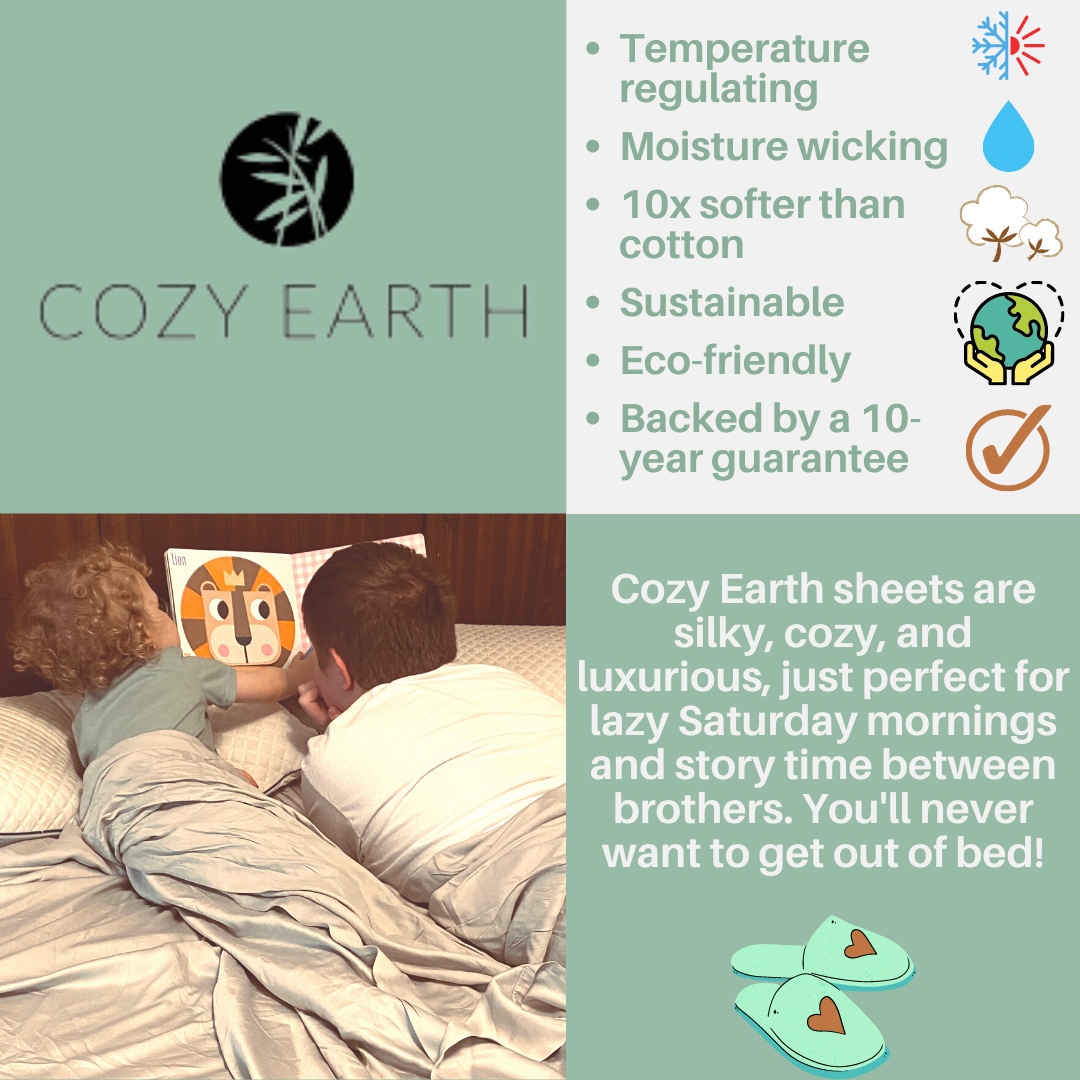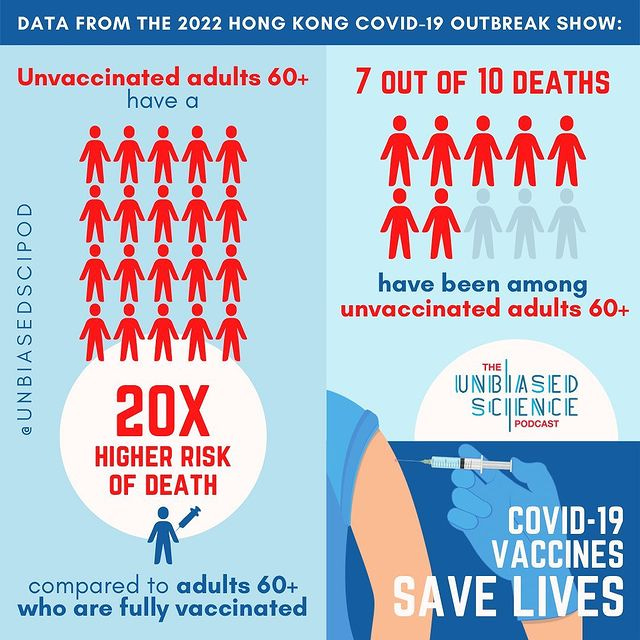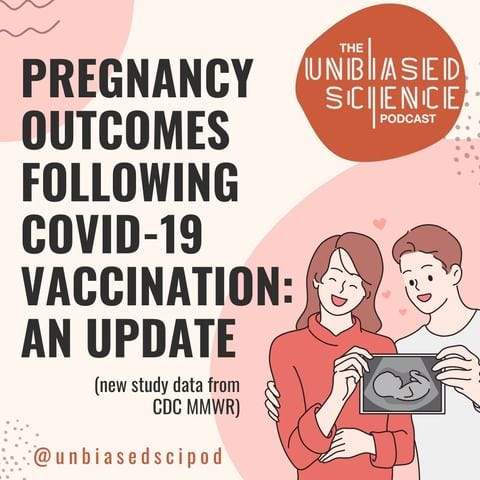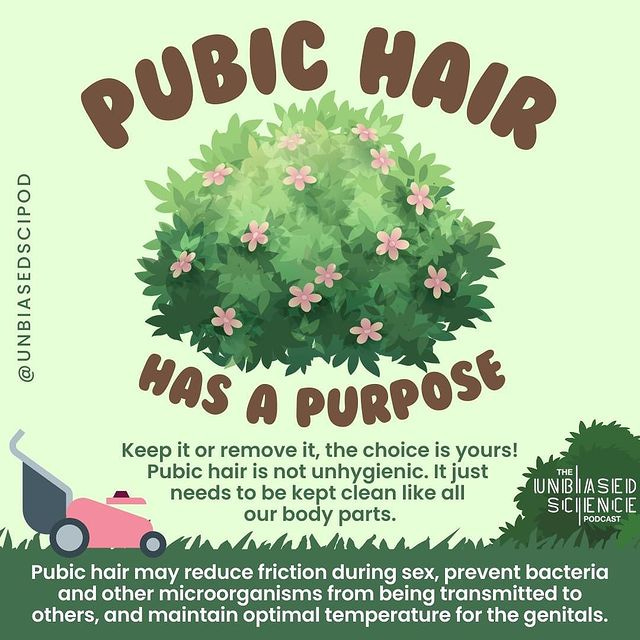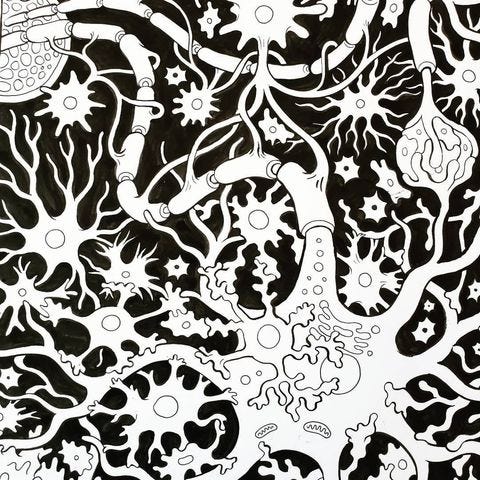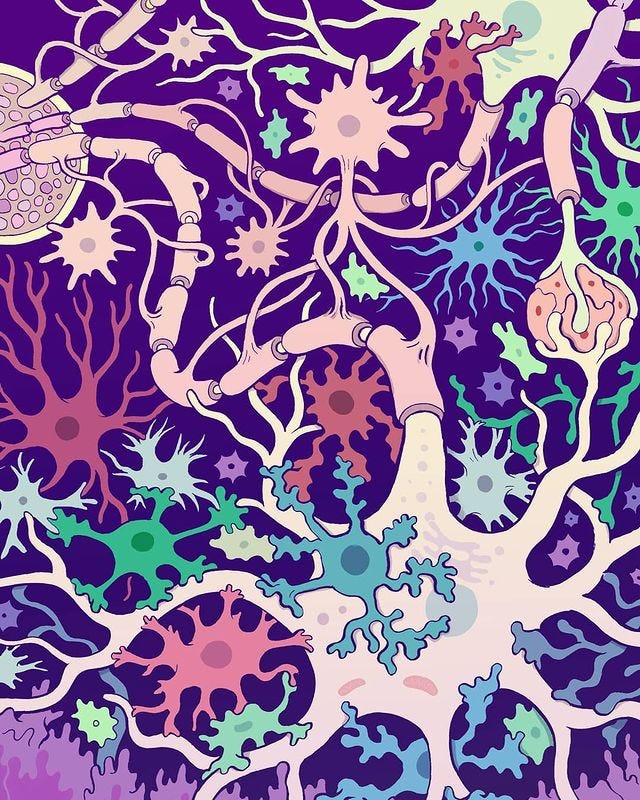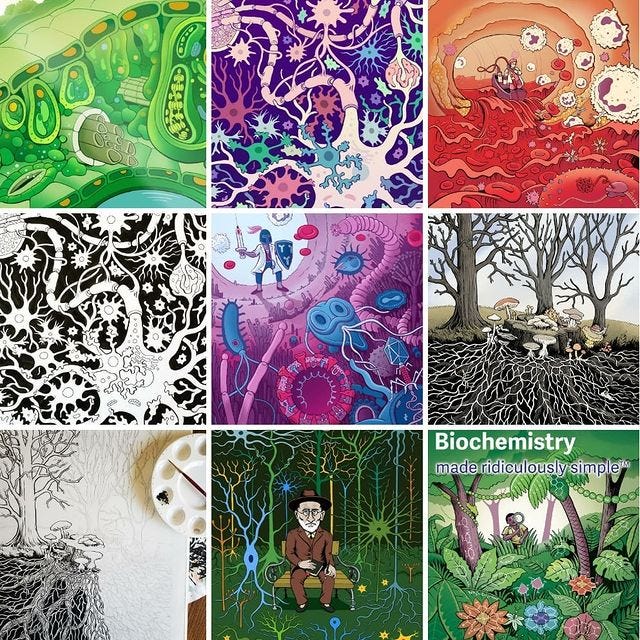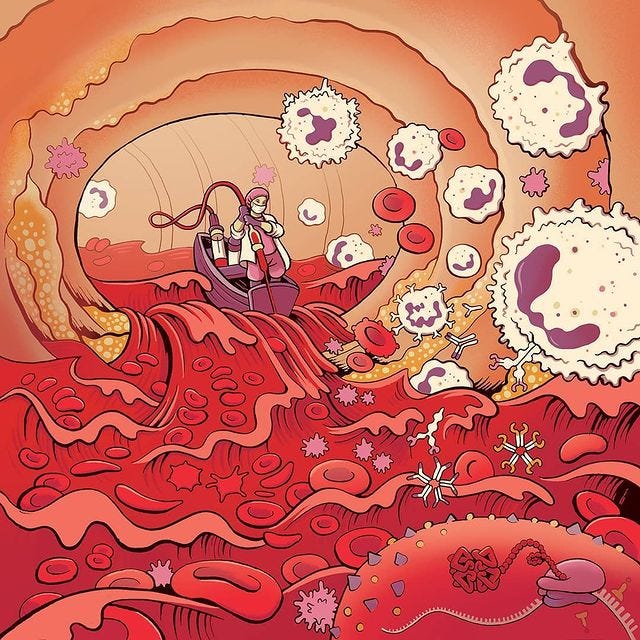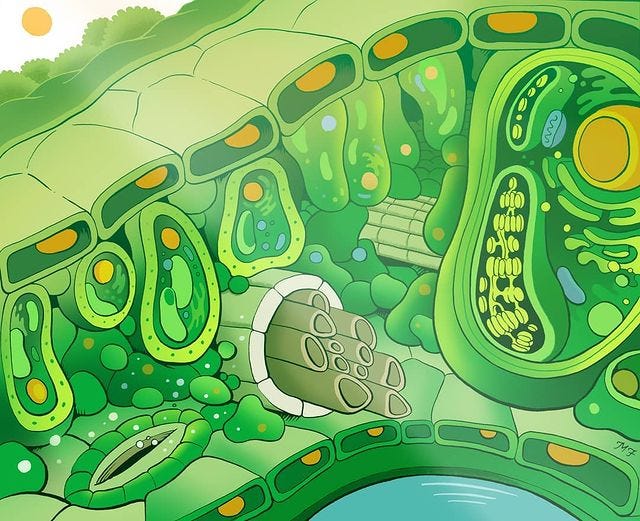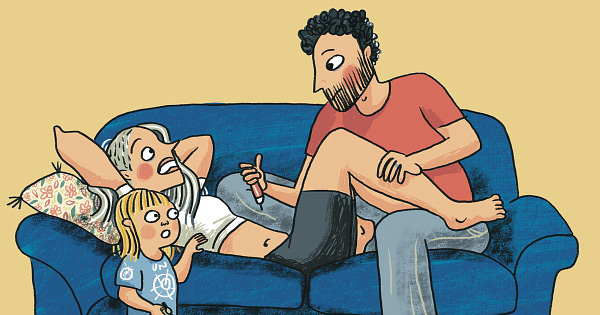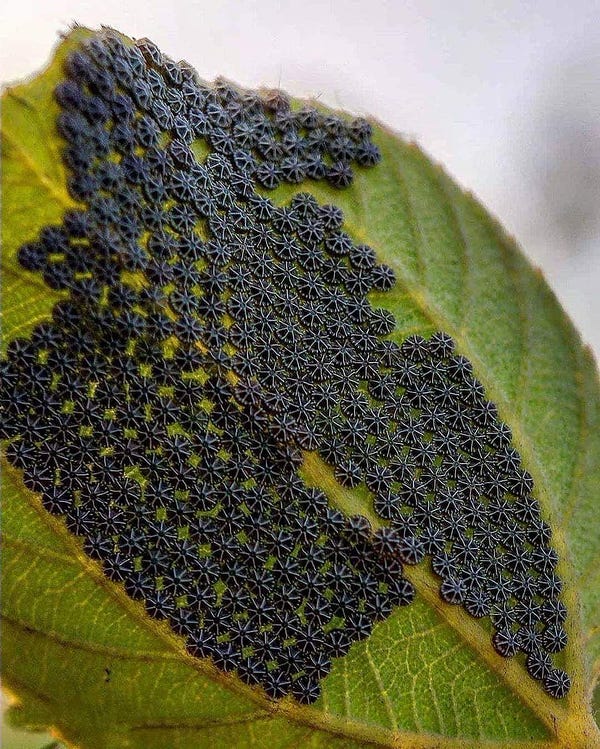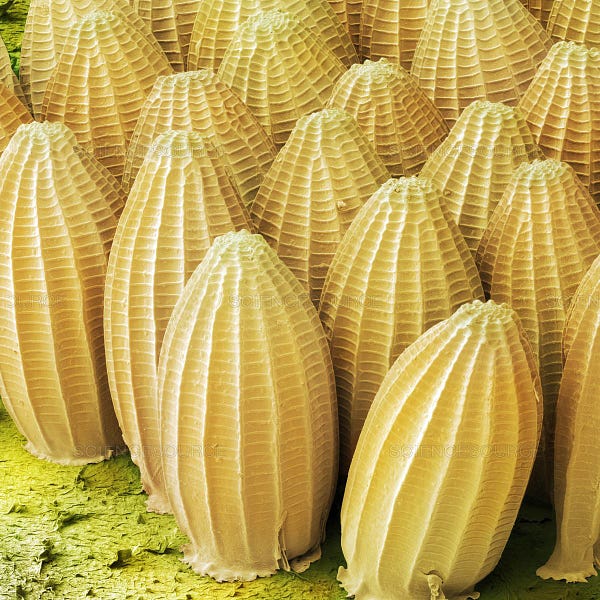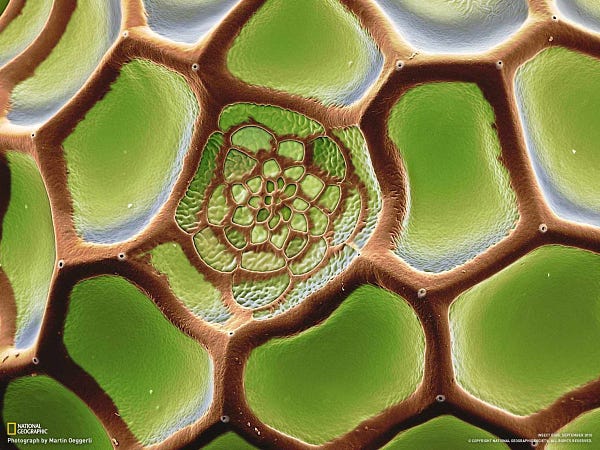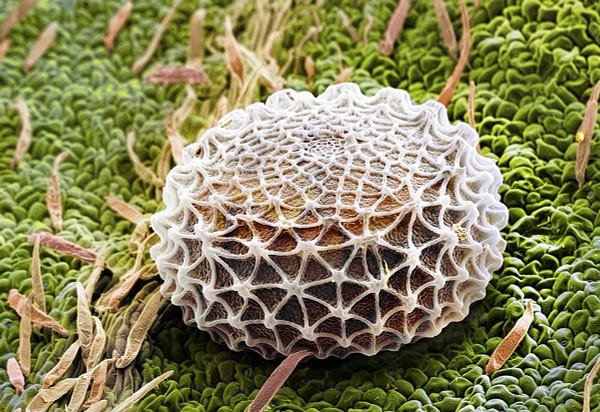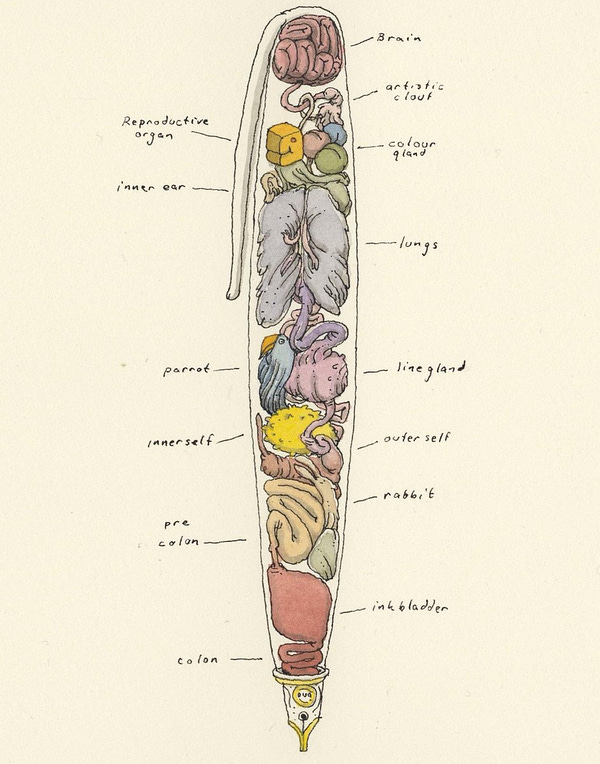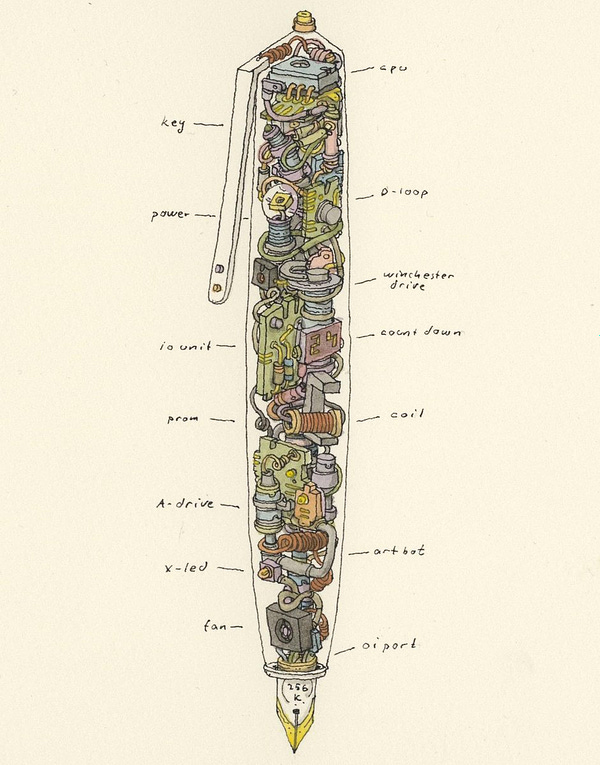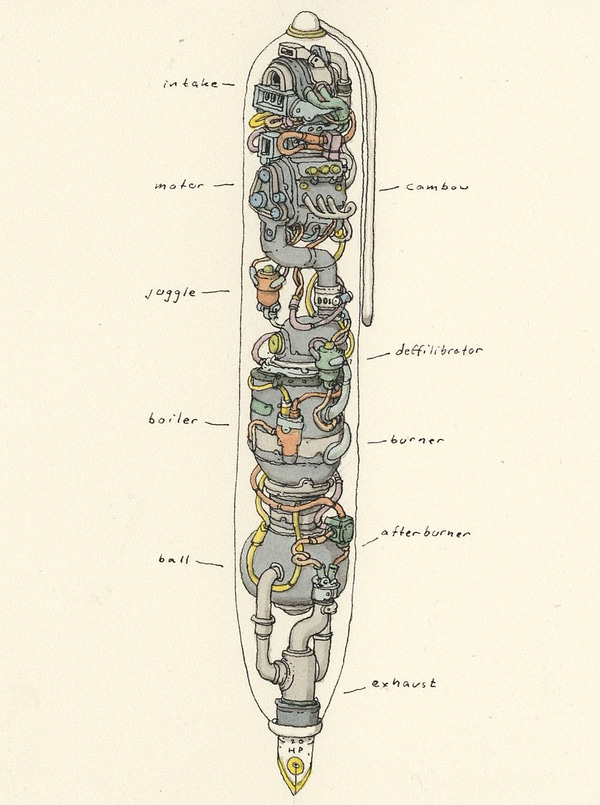The Dose: Butterfly Eggs’ Stunning Geometry
Lessons from Hong Kong, a couple’s IVF journey, and the stunning geometry of butterfly eggs.
Welcome to The Dose! If you haven’t already, subscribe to receive the latest pandemic updates and some exciting, beautiful science twice a month right in your inbox. In addition to this, we have since moved some of our content from Instagram over to Substack.
If you wish to continue receiving updates only from The Dose, you can head over to your profile and toggle your notifications accordingly:
Today’s issue is made possible by our sponsor, Cozy Earth. A Note From Our EP, Montana: Those are actually my kiddos, lounging in MY bed, hogging MY Cozy Earth sheets! My entire family loves these sheets more than any other brand we've tried. My husband and I are working our way towards better sleep habits, and these sheets have made such a difference. We're both hot sleepers, so we love the temp regulation. The Pod reached out to Cozy Earth and they were gracious enough to share a 40% off code for fans of Unbiased Science! This is their BEST discount, and can be used sitewide!
USE CODE UNBIASEDSCIENCE40 FOR A 40% DISCOUNT ON YOUR ORDER!
The Serious Stuff
In this section, we share the most important pandemic and science updates.
Lessons from Hong Kong’s COVID-19 outbreak. Jan - Mar 2022 saw more than a million cases and close to 5,000 reported deaths from COVID-19 in Hong Kong. If we look closely at the data, we realize that only 18% of all adults 80 and above had been fully vaccinated with 2 doses, and only a meager 2% had received a booster dose. The numbers are only slightly better for those aged 70-79, with 45% fully vaccinated and 7% boosted. These numbers are important because an overwhelming 70% of all deaths occurred among unvaccinated adults 60 years and older- indicating that this group of individuals had a 20-times higher risk of death compared to those who were vaccinated. Read more
Updated pregnancy outcomes after vaccination. COVID-19 vaccination is recommended for individuals who are pregnant, nursing, trying to get pregnant or intending to become pregnant in the future. This is to protect both mother and baby because COVID-19 is associated with severe outcomes during pregnancy. Furthermore, infants and fetuses are at risk of developing severe COVID-19 complications, and maternal vaccination can provide some protection to their infants. A recent study found that infants born to mothers who received two doses of a COVID-19 vaccine had a reduced risk of hospitalization.
Should you keep or remove pubic hair? From an evolutionary and scientific perspective, pubic hair serves to reduce friction during sexual intercourse, prevent the transmission of microbes to others, and maintains optimal temperature for your genitals. We unpack the many practices behind caring for this body part, including vaginal cleaning, vaginal odor, peeing after sex and more in one of our latest podcast episodes. Listen here
We’ve also created a limited edition tee, so you can share the message that Pubic Hair Has A Purpose! You can get yours here!
The Beautiful Stuff
In this section, we share pieces at the intersection of science and art that have us obsessed.
🎨 With a life-long love for drawing and creating educational illustrations, comics and animations, Matteo Farinella (armed with a PhD in neuroscience) has moved from academia into science communications full-time. A neuroscientist at heart, his favorite thing to draw is the neurone. Here are some of what he terms “good-old fashioned neurons (and glia)”, before and after colouring:
📖 Perhaps one of the biggest advocates of visualizing science through art, he has published multiple comics and children’s books, including Neurocomic, Cervellopoli and Women of Science Tarot. Farinella also demonstrates his fervor for bringing science to the masses as a proud member of the Columbia Zuckerman Institute as a scientific multimedia producer and through regular talks on the impact of visual communications in the sciences.
🌈 His art’s varied hues indicate the abundance that science has to offer, and a vast world still waiting to be unlocked. His illustrations are intricate, and his colors and vivid brush strokes reveal to us a peek into his worldview- one full of passion and life. Fortunately for the world, his works have been featured on diverse platforms- from journal and magazine covers to posters for science conferences, offering a great feast for the eyes and mind.
🤰 A couple’s IVF journey- visualized. Ever intrigued about the steps you’d go through as a couple undergoing in vitro fertilization (IVF)? This comic strip details a personal account of a couple’s IVF process, and an insider’s look into the emotional and physical rollercoaster that comes with it. We love it for its beautiful illustrations and relatable storytelling that effortlessly draws you in. Learn everything from the close monitoring of a woman’s hormones and ovaries, the cocktail of hormonal injections to stimulate a successful pregnancy and more- all accompanied by the fascinating history of the groundbreaking discoveries that to the development of IVF. Read here
✍🏼 Fun science doodles for kids. Want a fun sciart activity to do with your kids? Here’s a great series of visual guides that teaches you, step-by-step, how to draw some invertebrates. Learn with ease the tricks to drawing the arms and legs of a crab, and how its different segments fit together. There is a vast range of creatures to choose from, including the trust, the ornate crinoid and the trilobite. These diagrams make drawing complexly beautiful creatures look so easy, we can’t wait for our kids to try them out! For more guides, check out Franz Anthony’s full offering here that provides everything from piecing together your invertebrates to colouring them.

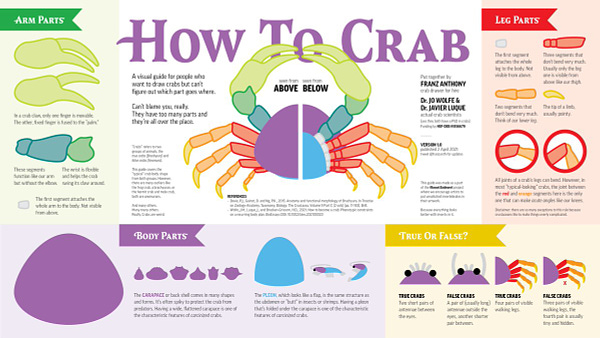
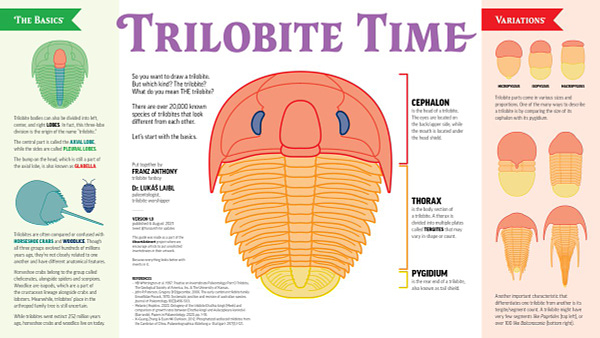
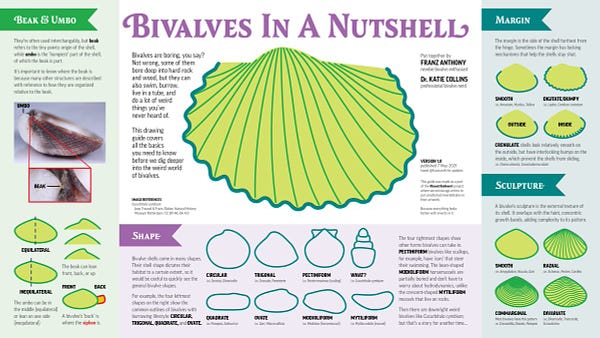
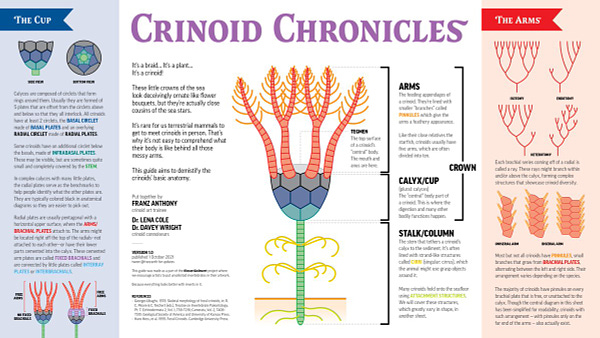
🦋 The gorgeous design of butterfly eggs. What’s more beautiful than a caterpillar’s metamorphosis into a stunning butterfly? Well, we point to an awe-inspiring geometric beauty that begins the moment their eggs are formed. Butterfly eggs are barely visible to the naked eye, but upon closer look at the microscopic scale, they reveal a beauty like no other. Catch more breathtaking microscopic shots here, of the stunning patterns found in these eggs no larger than 0.86mm in diameter.
🖊 What’s inside a pen? Bringing to you the wildest re-imaginations of the intricate network of systems working together on the inside of a typical pen. Mattias Adolfsson introduces three variations- a pen run on a biological system that’s eerily similar to ours, another that curiously takes after our computers (but with its own twist), and one looking strikingly similar to the mechanics of an industrial plant.
That’s it for this issue!
If you’re new here, we’d love to have you as a subscriber.
If you enjoyed this piece, feel free to smash the heart button below! What was your favorite feature this week? Comment or hit reply to let us know!
👇




